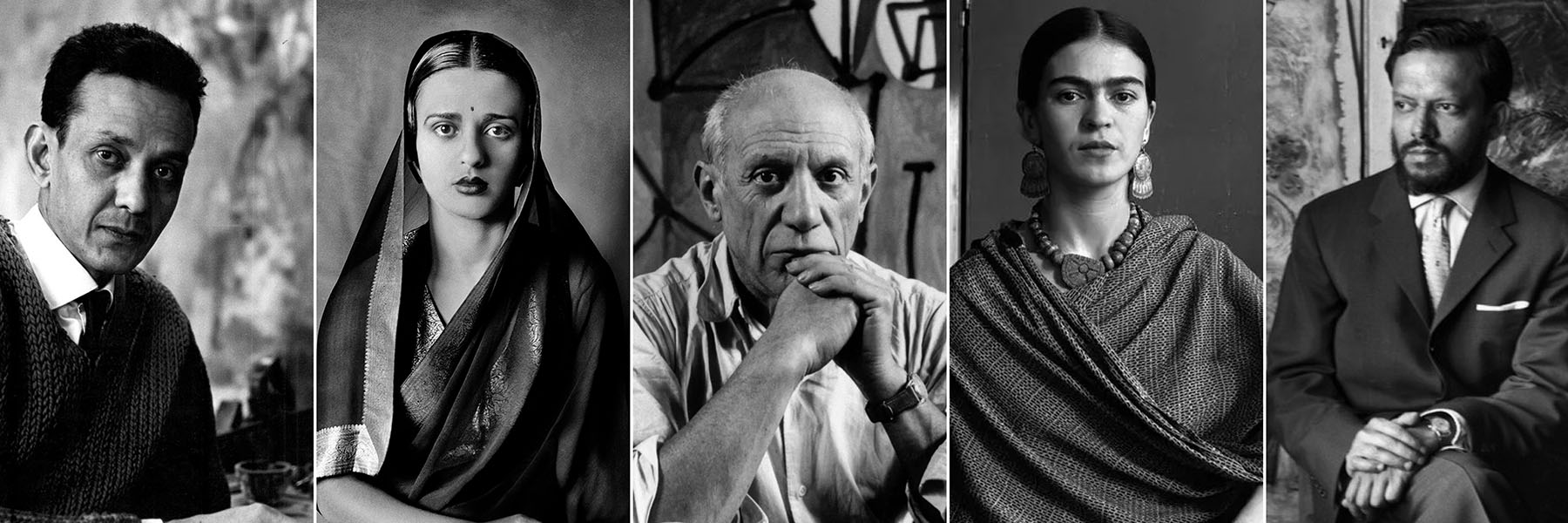
Famous Artists and Their Early Paintings
Can an artist’s first paintings predict their future fame and achievement? Of course, artists come to their craft in different ways — some start later in life, while others stand out as child prodigies. Some artists demonstrate a consistent interest in the themes that will define their brand, while others undergo a dramatic shift in their style. But, in every artist’s journey, there is a canvas that marks the beginning.
We looked at the early paintings by established artists — including internationally famous figures and modern Indian artists — and considered the raw talent in their debut artworks.
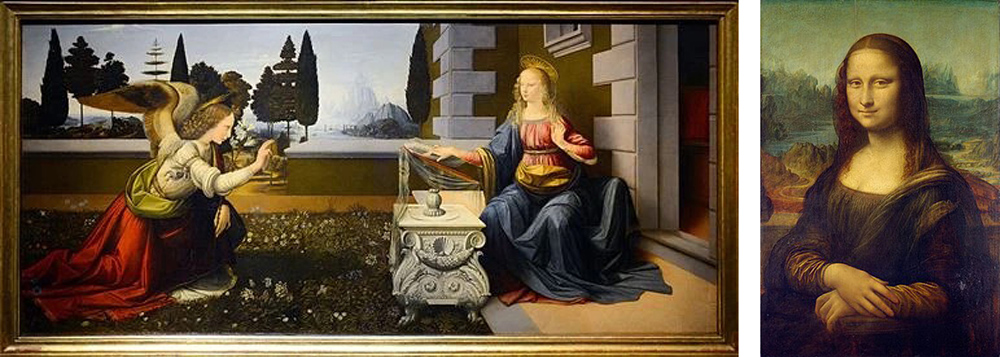
Leonardo da Vinci (1452 – 1519)
One of the most famous artists in history, Leonardo da Vinci is known for his dramatic, emotive portraits and religious scenes. Completed a few decades before the Mona Lisa, the painting The Annunciation (c.1472-5) is the earliest work attributed to Leonardo. It was common for Renaissance artists to work in a studio alongside a team or with an apprentice — while there are earlier canvases by his tutor Verrocchio featuring contributions by Leonardo, scholars agree that this painting was made primarily by Leonardo with support from his tutor. The style of this early painting shares many characteristics with his later works such as a muted color palette, hazy light and soft expressions on his subjects.
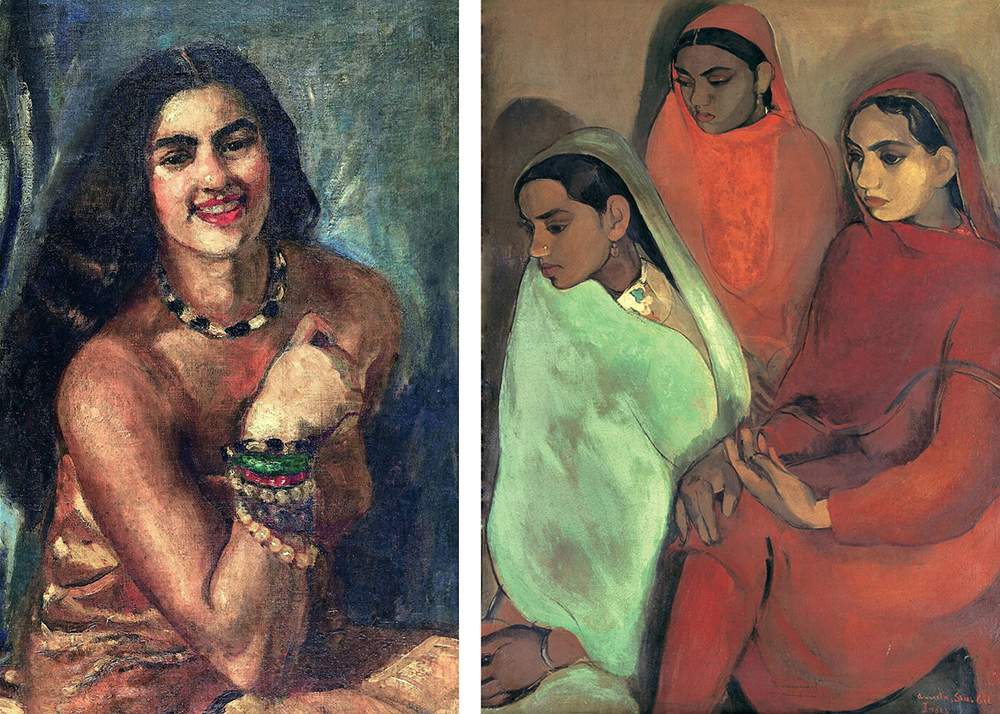
Amrita Sher-Gil (1913 – 1941)
Indian artist Amrita Sher-Gil holds the distinct honor of being a National Treasure Artist, one of nine artistic luminaries whose works are protected by the Indian government. At the age of 16, Sher-Gil moved to Paris with her mother, where she studied painting at the Académie de la Grande Chaumière and later at the École des Beaux-Arts. Her earliest-known paintings date to 1930, when she was just 17 years old and still a student. This self-portrait from 1930 has a brighter and softer surface than her later works, but it is a stunning work that anticipates Sher-Gil’s two recurring subjects of self-portraits and women.
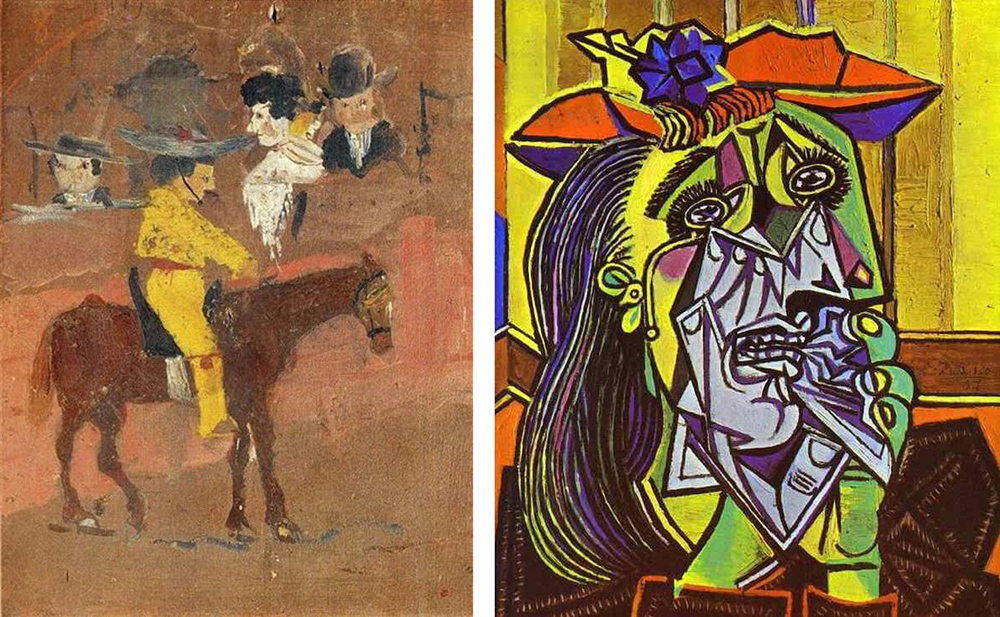
Pablo Picasso (1881 – 1973)
Decades before pivoting to the abstraction that made him famous, Spanish artist Pablo Picasso demonstrated a remarkable skill with figurative scenes. In fact, Le Picador (1890) was completed when he was only 9 years old, depicting a ‘picador’ which is a bullfighter on horseback. While bullfighting remained a prominent theme throughout his practice, Picasso’s style evolved significantly over his career. He co-invented the style of Cubism and largely popularized the modern art movement, becoming one of the most influential artists ever.
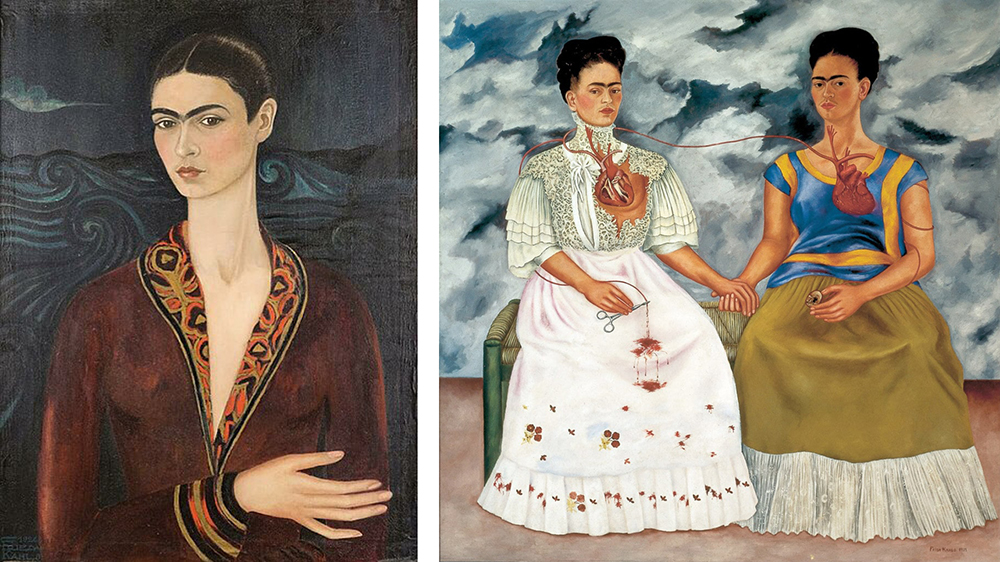
Frida Kahlo (1907 – 1954)
Mexican painter Frida Kahlo only began her career at the age of 18, when she turned to painting while recuperating from a bus accident. Self-Portrait in a Velvet Dress (1926) was completed in the year after the accident, revealing an early interest in self-portraiture — a primary subject in her artwork. Even in this first painting, she confidently gazes at the viewer, rendered with her iconic eyebrows. As Kahlo further developed her style, she began to incorporate elements of magical realism as well as tropical flowers and animals.
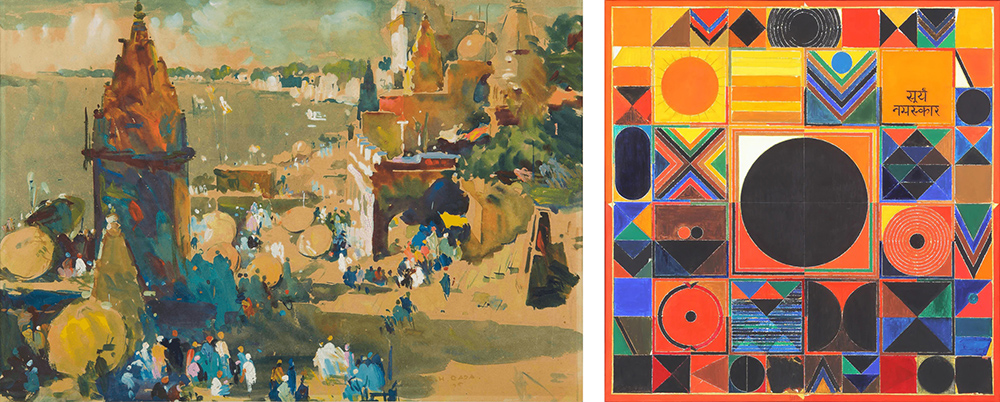
S.H. Raza (1922 – 2016)
Before he became a founding member of the Bombay Progressive Artists’ Group, modern Indian artist Sayed Haider (“S.H.”) Raza studied at the Nagpur School of Art and Sir J.J. School of Art, where teachers emphasized European painting styles. Raza painted many realistic landscapes like Benares (1944), which renders the holy city Varanasi in watercolor. He slowly moved away from realism and grew more interested in metaphorical landscapes. His renowned Bindu series comprises pure geometric forms that allude to Indian philosophy, accomplishing his goal to develop an Indian modernism rooted in cultural subject matters and themes.
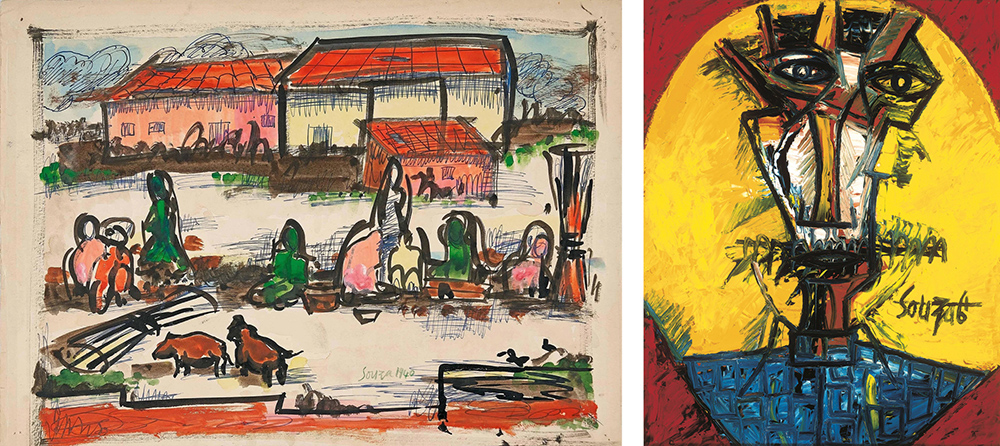
F.N. Souza (1924 – 2022)
Indian modernist Francis Newton (“F.N.”) Souza was born in Goa under Portuguese colonial rule, where the tropical landscapes and Catholicism made a lasting impression on his work. At the age of 16, he painted Untitled (Goan Landscape) (1940) while a student at the Sir J.J. School of Art, a perfect example of his early landscapes. While he did return to Goan scenes throughout his career, Souza’s style grew more emotionally charged, not only with moody colors and jagged brushstrokes but also through grotesque portraits and scenes of crucifixion. He incorporated modern art styles like Expressionism and Cubism in his paintings, emerging at the forefront of Indian modernism.
An artist’s first painting offers a peek into their soul and their creative journey. As demonstrated by the works above, a first painting might completely differ from an artist’s mature style, but it is clear that these famous artists possessed remarkable talent from an early age.
— Sonia Patwardhan

Leave a Reply
You must be logged in to post a comment.